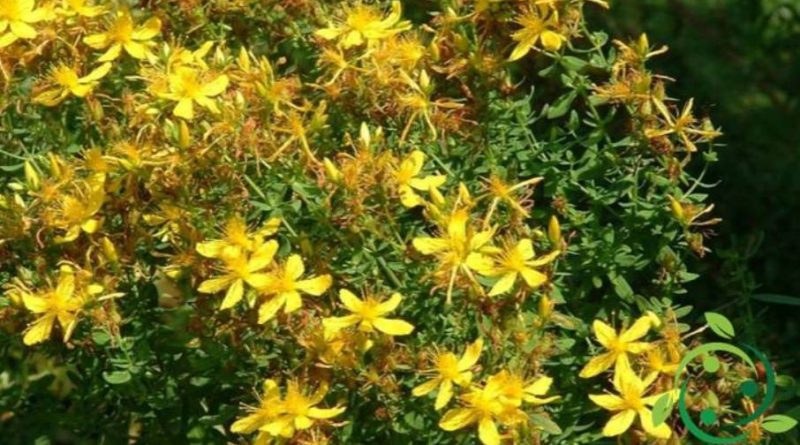How to grow Hypericum
How to grow Hypericum
The Hypericum (Hypericum perforatum L.), also known as St. John’s wort), is a semi-evergreen perennial officinal plant of the Clusiaceae family. This plant has phytotherapeutic properties, in particular those of antidepressants and antivirals. The origins of its use are very ancient. In this sheet we will see how to cultivate the Hypericum and useful precautions. From this plant is prepared the oil of Hypericum.
The Hypericum, a plant of Asian origin, is composed of over 400 different species, herbaceous and with a woody stem at the base. This plant is usually used as a ground cover, for its ability to spread very quickly thanks to its thin and creeping stems. The height is about 30-40 cm and the flower, red or yellow, has five petals, sometimes curved. But how to grow Hypericum?
It can be grown in pots, then planted in the garden, the hypericum has a numerous foliage and a very large flowering. The great adaptability, allows the cultivation in almost all types of soil, even the most sandy and poor, as well as being useful for the consolidation of the slopes thanks to the stolons that are able to hold the ground.
Being a very adaptable plant, you can choose to plant the St. John’s wort indifferently in full sun or in dim light: both solutions do not give particular problems for the development of hypericum.
The resistance to temperatures can be from 25 ° C to -10 ° C, with a deterioration of leaves and branches in the latter case, but with the plant that sprouts from the base without problems.
It is not necessary to wet the plant, which behaves well even very dry inclines. It is instead useful to prune the plants at the base every two years, but only if the browning of the branches and leaves has occurred.
When buying, check that the foliage is developed and there is no rust. Also, know that you can plant it throughout the year. Propagation It occurs by division of the tufts, by semi-woody cutting, or by proceeding to remove from the mother plant the new plants that develop at the end of the vigorous stolons.
New seedlings can be obtained either by seed or by cutting.
For seed it is necessary to proceed in the greenhouse, at the beginning of the spring. Germination is quite fast, but, especially for evergreen species, flowering will not occur for at least three years.
The cutting is done from summer to autumn, portions of semi-ripe branch are taken and placed in a very light compote and kept always slightly moist, in the shade. It is covered with a plastic film.
The layering or the offshoot, to be carried out in autumn, is also very practical. In particular, the second one is easy to make for species with long stems and for the ground cover. It is sufficient to make small cuts on the stem and to bury just in correspondence to them. In spring, the emission of new roots has already taken place and the new seedling can be separated. The division must be carried out preferably in autumn.
The hypericum has no special requirements in terms of soil. It adapts to all soils, provided they are well drained.
To obtain excellent results both of growth and of flowering it is necessary to position it in full sun. In any case, almost all of them bear well even the half-shade. Some species (in particular the calycinum, the androsaemus and the hidcote cultivar) manage to prosper quite well even in the shade.
They can develop without problems in any soil, even in the common garden soil, provided it is sufficiently drained; they also grow in sandy and poor areas of organic matter.

